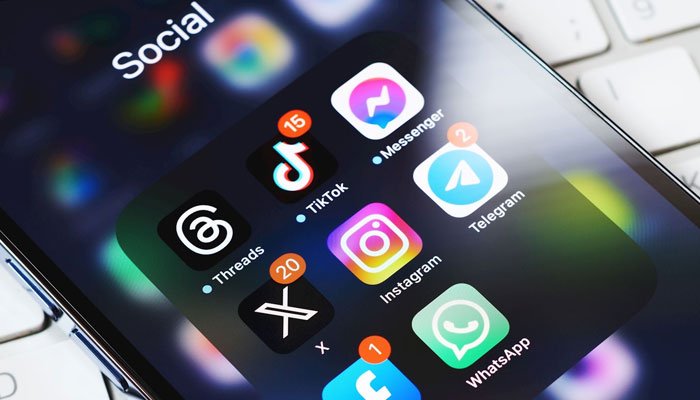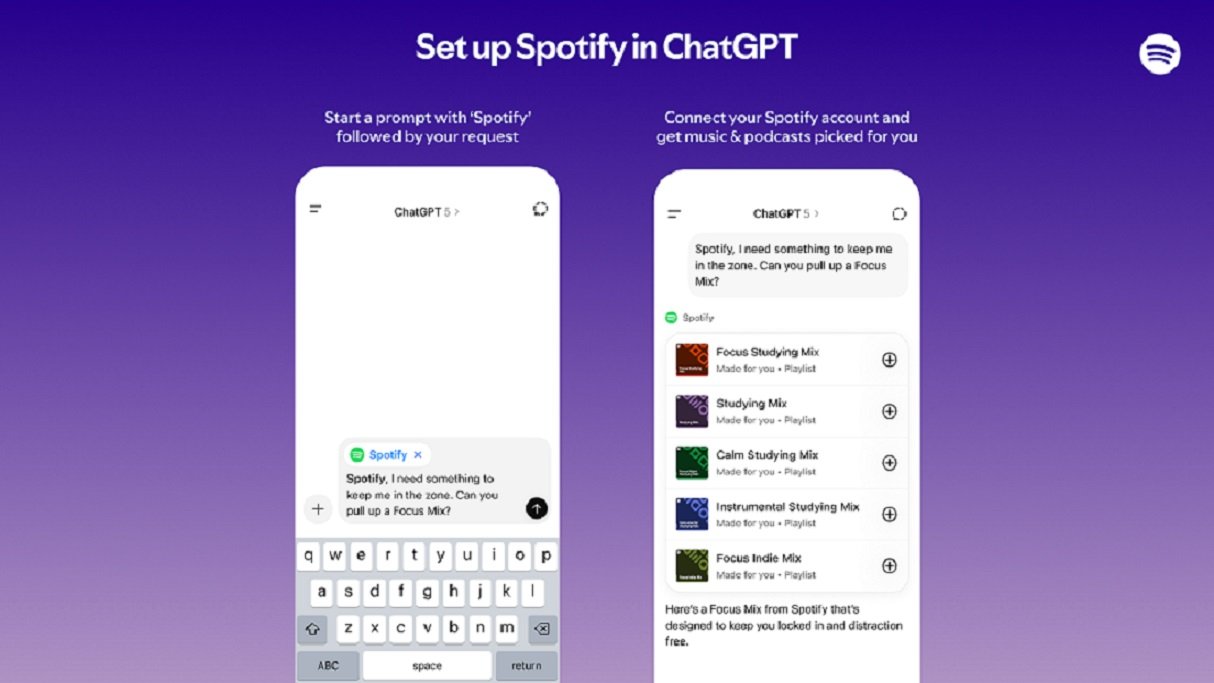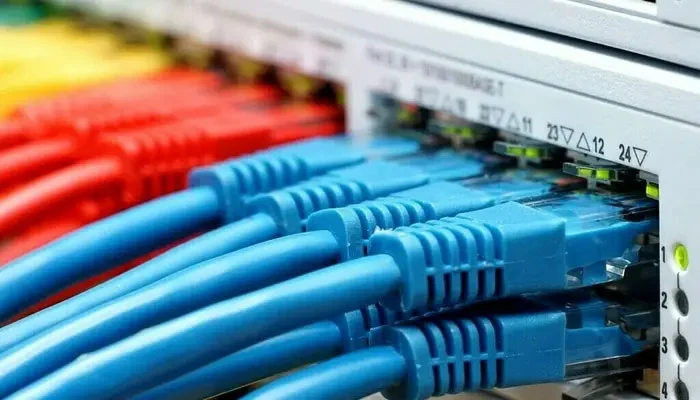The much-anticipated iPhone 17 series durability results are in. Apple has made progress, but its latest devices still trail Samsung and Google. Since June 2025, the European Union has required standardized testing under the EPREL labeling system. The labels show durability, energy efficiency, and repairability, giving buyers a clear view before choosing a phone. Apple has improved compared to last year’s iPhones, yet the iPhone 17 series continues to lag in drop and repairability tests.
Durability and Repairability Ratings
The iPhone 17 Pro Max earned a Class B rating in durability after surviving 180 falls. Samsung’s Galaxy S25 Ultra and Google’s Pixel 10 Pro XL both scored Class A ratings, handling 270 falls each.
Apple fans can celebrate some progress. The iPhone 16 Pro Max managed only 90 falls, which earned it a Class C score. So the jump from 90 to 180 drops is significant. Still, Samsung and Google continue to offer stronger protection.
Repairability tells a similar story. The iPhone 17 Pro Max received a Class C grade, the same as Samsung’s Galaxy S25 Ultra. The Pixel 10 Pro XL, however, earned a Class B, which means easier and cheaper repairs.
Apple’s smaller iPhone 17 Air matched the Pro Max in durability with a Class B rating. It also received Class C for repairability. Samsung’s Galaxy S25 Edge scored better with a Class A durability rating but the same Class C repairability grade.
Battery Life and Efficiency
Apple’s biggest win comes in energy efficiency. The iPhone 17 Pro Max earned a Class A rating, lasting 53 hours on one charge. Samsung’s Galaxy S25 Ultra lasted 44 hours, 54 minutes, while the Pixel 10 Pro XL managed 48 hours, 39 minutes. For heavy users, Apple’s endurance offers a clear advantage.
Samsung still leads in battery lifespan. The S25 Ultra is rated for 2,000 charge cycles. Apple’s iPhone 17 Pro Max and Google’s Pixel 10 Pro XL are rated for 1,000 cycles each. Over years of use, Samsung’s battery will likely age better.
Compared with the iPhone 16 Pro Max, Apple has improved both efficiency and endurance. The previous model had a Class B rating and lasted 48 hours. The new iPhone adds five more hours and jumps to Class A efficiency.
iPhone 17 Air vs Galaxy S25 Edge
The iPhone 17 Air was compared to Samsung’s Galaxy S25 Edge. Apple’s phone carries a smaller 3,149 mAh battery against Samsung’s 3,900 mAh unit. Even with less capacity, the Air nearly matched Samsung’s result: 40:00 hours vs 40:05 hours.
Both devices received Class A efficiency ratings. However, Samsung again took the lead in lifespan with 2,000 charge cycles, double Apple’s 1,000.
On durability, the Air matched the Pro Max with a Class B rating (180 falls). Repairability again stood at Class C. The Galaxy S25 Edge, in contrast, managed a Class A durability rating while sharing the same Class C repairability score.
What Buyers Should Know
The new EPREL system makes comparisons easier. For buyers in Pakistan and worldwide, the scores highlight some key trade-offs.
- Durability: Samsung and Google phones handle more drops. iPhones improve but still trail.
- Repairability: Google remains the best option for easier, cheaper fixes.
- Battery life: Apple offers the longest single-charge usage.
- Battery lifespan: Samsung batteries last more cycles, offering better long-term reliability.
Conclusion
The iPhone 17 series durability ratings confirm progress but also expose Apple’s weak spots. Samsung’s Galaxy S25 Ultra and Google’s Pixel 10 Pro XL remain stronger in drop resistance and repairability. Apple’s strength lies in energy efficiency and endurance, where the iPhone 17 Pro Max sets the pace.
For buyers, the choice comes down to priorities. If you want a tough phone that survives more drops and repairs more easily, Samsung and Google win. If long-lasting battery life matters most, the iPhone 17 series is the better pick despite its weaker durability.





